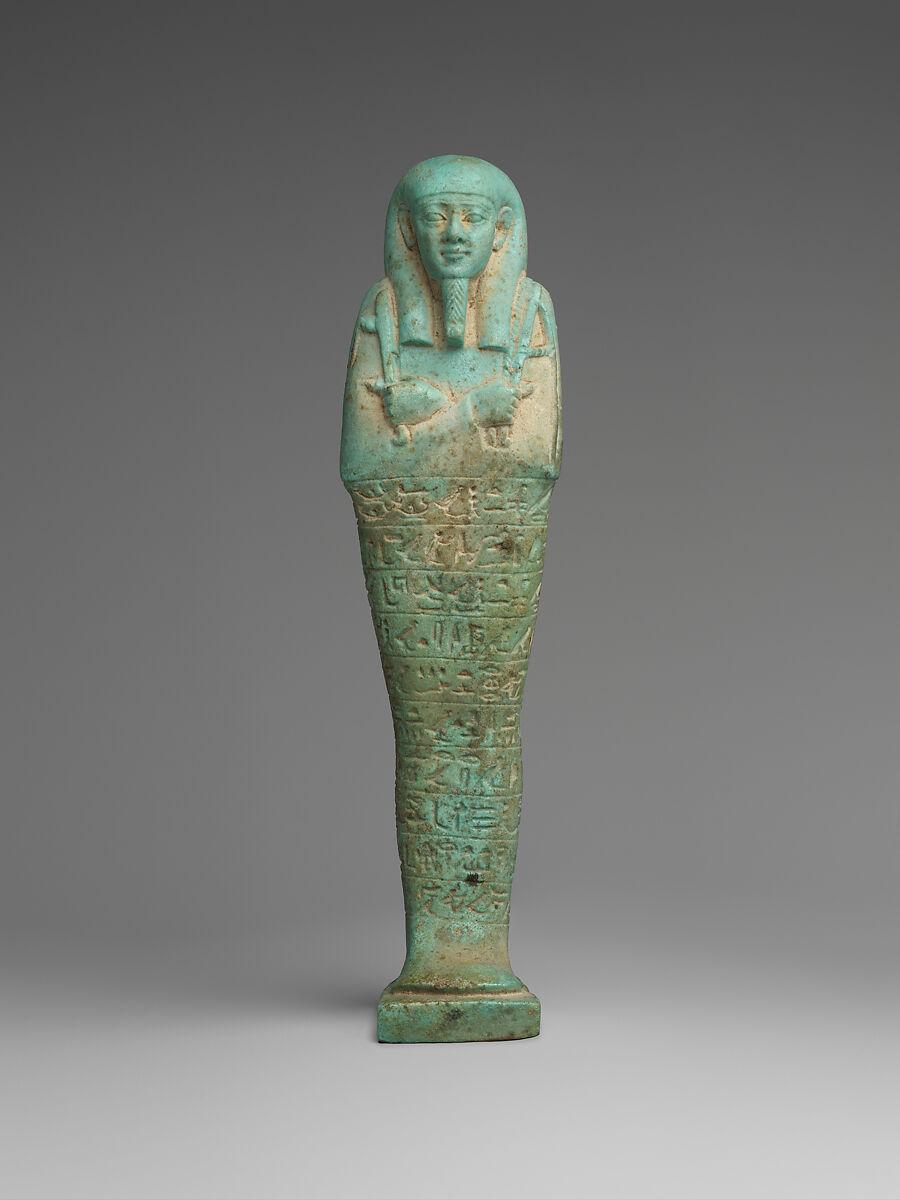Selling Saqqara with Associate Professor of History Elaine Sullivan
History
WHO: Isabel De Blois, Gabby Manzoni, Elaine Sullivan
WHAT: Elaine Sullivan’s current book project, tentatively titled Selling Saqqara, is a microhistory tracing the journey of one object, the stone sarcophagus lid of an elite ancient Egyptian named Psamtek, that now is part of the collection of the University of California Berkeley Hearst Museum. The artifact was excavated in Egypt’s Saqqara cemetery site in 1900 under the auspices of the French-directed Antiquities Service during a period of British colonial rule of the Egyptian state and then bought and exported to the US for American millionaire William Randolph Hearst in 1903. Students are working with Sullivan to gather archival and secondary source information on a series of objects that, like Psamtek’s coffin lid, were excavated at Saqqara and sold abroad by Egypt’s Antiquities Service. This includes 401 faience ushabti funerary figurines discovered in a neighboring tomb and dispersed around the world, and at least fourteen funerary chapels that were sold as entire monuments to US and European museums.
WHY: The project uses the removal of the Psamtek lid to illuminate the complex forces that made the selling and removals of Egyptian heritage objects legally and socially viable in the late 19th and early 20th century, something we see today as extremely problematic. The historic sales of heritage objects by the Antiquities Service is poorly understood by scholars, so the project is trying to trace political and economic networks through the objects themselves.

WHAT'S NEXT: Sullivan, De Blois, Manzoni will be traveling to Stanford’s Bowes Arts & Architecture library together in June to devote two days to intensive research in 20th century auction house catalogs, looking for pieces sold on the private art market through Sotheby’s and Christie’s auction houses. These catalogs are not digitized, and few libraries own them; we are lucky that a neighboring university has a robust collection we can tap for our research. 
THE WOW: So far, we’ve traced more than 100 of the 401 ushabti figurines sold around the world in some way…with only about half winding up in museums and the rest in private collections out there across the world.
Image of one of our objects (OA image from Met): https://www.metmuseum.org/art/collection/search/553203

